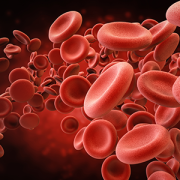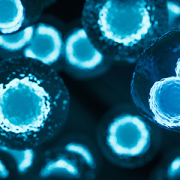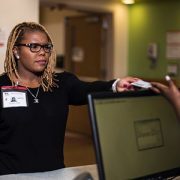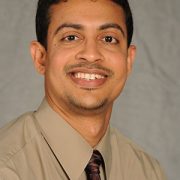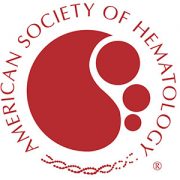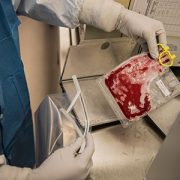Half-matched cells – not identical – can help patients live longer, study finds
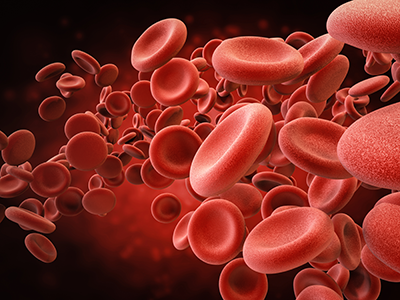
Severe aplastic anemia (SAA) is a rare but serious blood disorder. Children and adults with SAA get very sick with low blood counts, infections or bleeding.
A new study, published in The Lancet Haematology, finds that patients of all races and ethnicities can get successful transplants for severe aplastic anemia (SAA) through haploidentical, or half-matched, bone marrow transplantation (BMT).
The big picture
SAA is a rare but serious blood disorder. Children and adults with SAA get very sick with low blood counts, infections or bleeding.
Relapsed SAA is a marrow failure disorder with high morbidity and mortality. Although this is often treated with BMT at relapse post-immunosuppressive therapy, historically under-represented minorities often struggle finding a suitably matched donor.
“If SAA does not respond to the first choice of therapy or comes back after a period of health, then we call this relapsed and refractory SAA,” says Blachy J. Dávila Saldaña, M.D., Blood and Marrow Transplant Specialist at Children’s National Hospital and corresponding author of the study. “BMT is the only cure for relapsed and refractory SAA.”
Moving the field forward
Many diagnosed patients do not have a fully matched donor to have a successful BMT. However, the study’s findings show that a haploidentical BMT from a family member can help people live longer.
“This especially helps people who are American Indian or Alaska native, Asian, Black or African American, Native Hawaiian, other Pacific Islander, more than one race or Hispanic,” Dr. Dávila adds. “It’s easier for people in these communities to find a related half-matched than a fully matched unrelated BMT donor.”
The patient benefit
Haploidentical BMT will greatly expand the ability of experts to safely treat patients of non-Caucasian ancestry that suffer from this condition.
“The half-matched transplant is becoming more standard and as safe as those with a fully matched donor,” Dr. Dávila says.
Children’s National was one of a handful of pediatric hospitals in the United States to participate in this open trial. Our experts will now provide the framework to expand these services to pediatric patients across the world.


